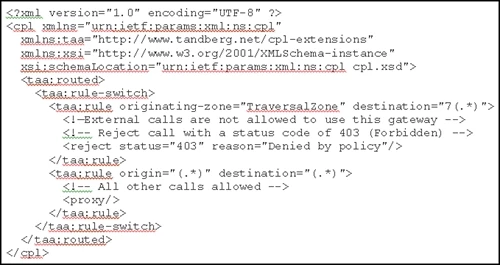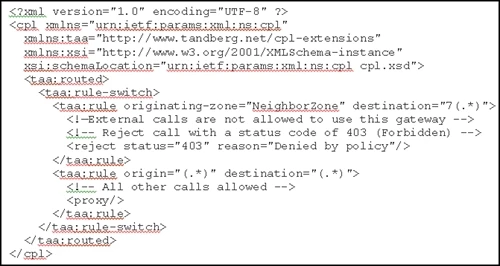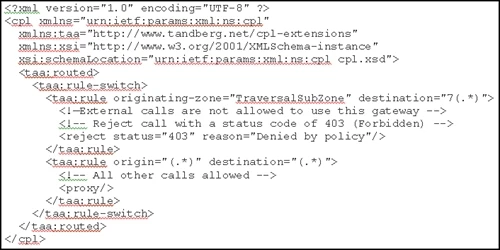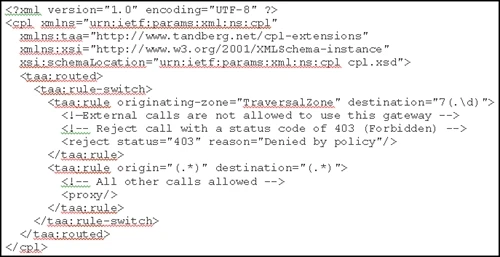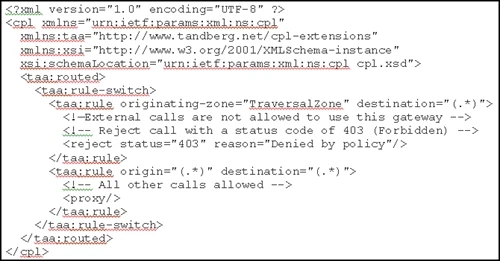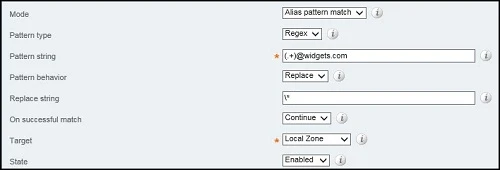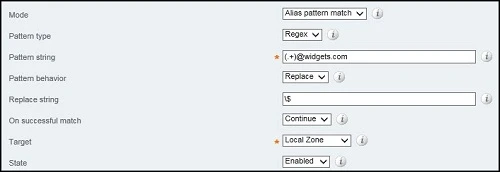Implementing Cisco IP Telephony and Video Part 2 (CIPTV2)
Here you have the best Cisco 300-075 practice exam questions
- You have 496 total questions to study from
- Each page has 5 questions, making a total of 100 pages
- You can navigate through the pages using the buttons at the bottom
- This questions were last updated on December 14, 2025
- This site is not affiliated with or endorsed by Cisco.

